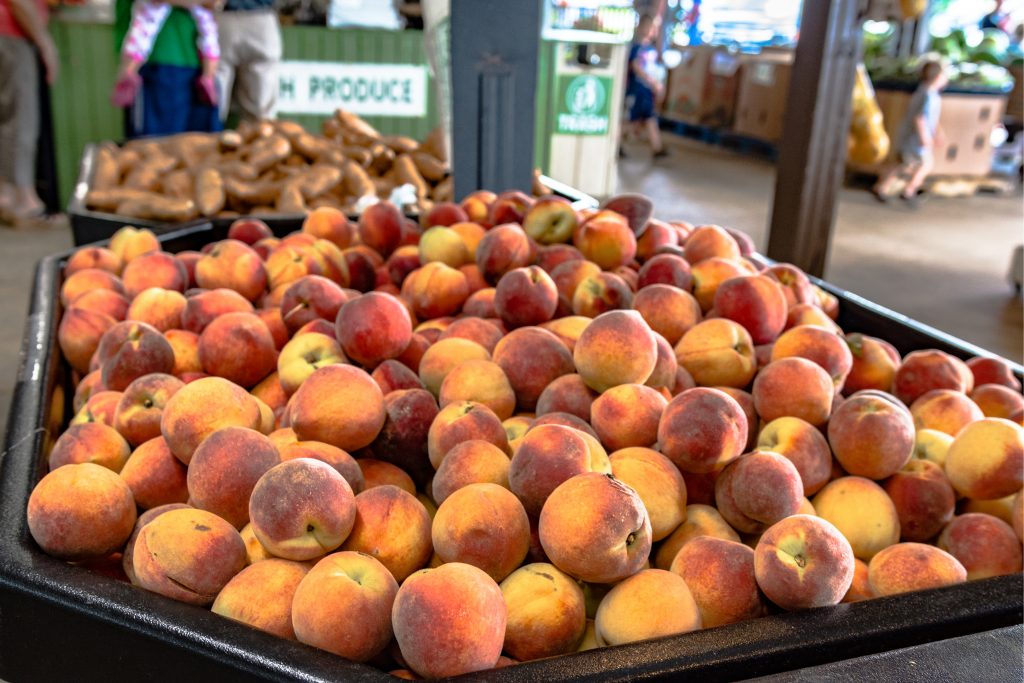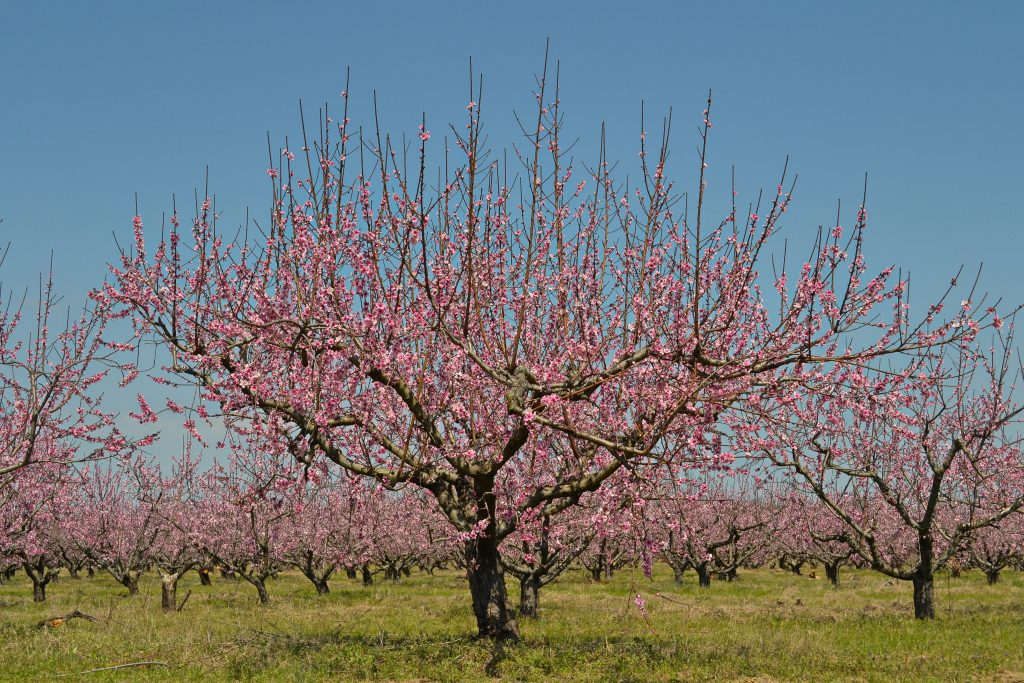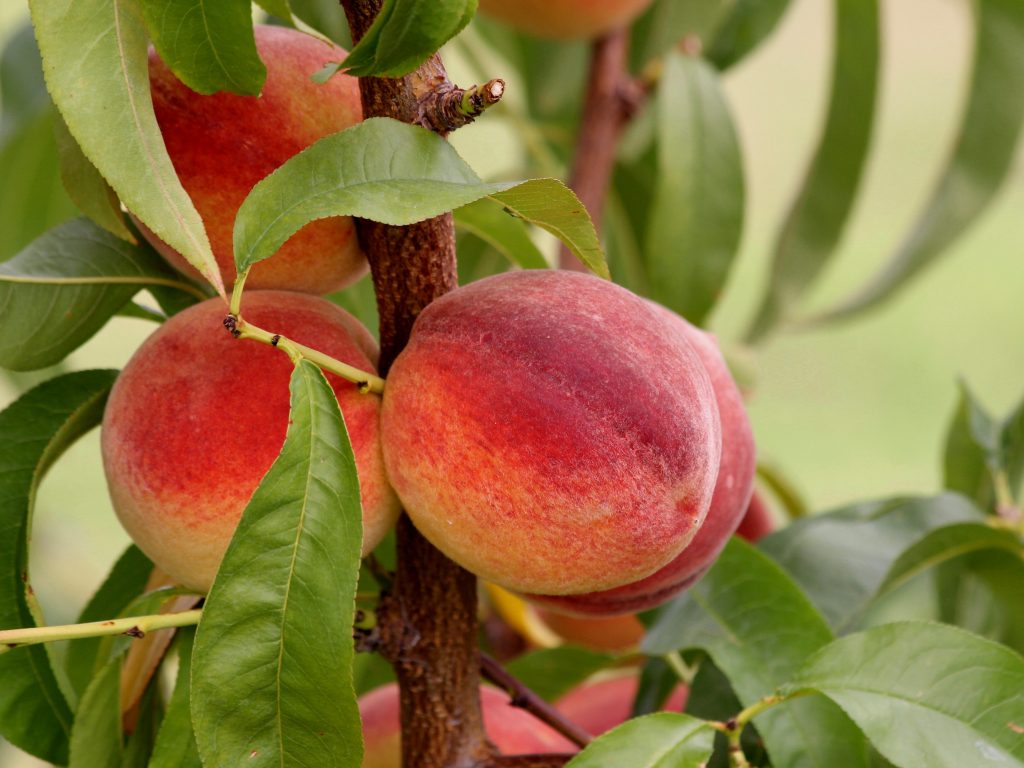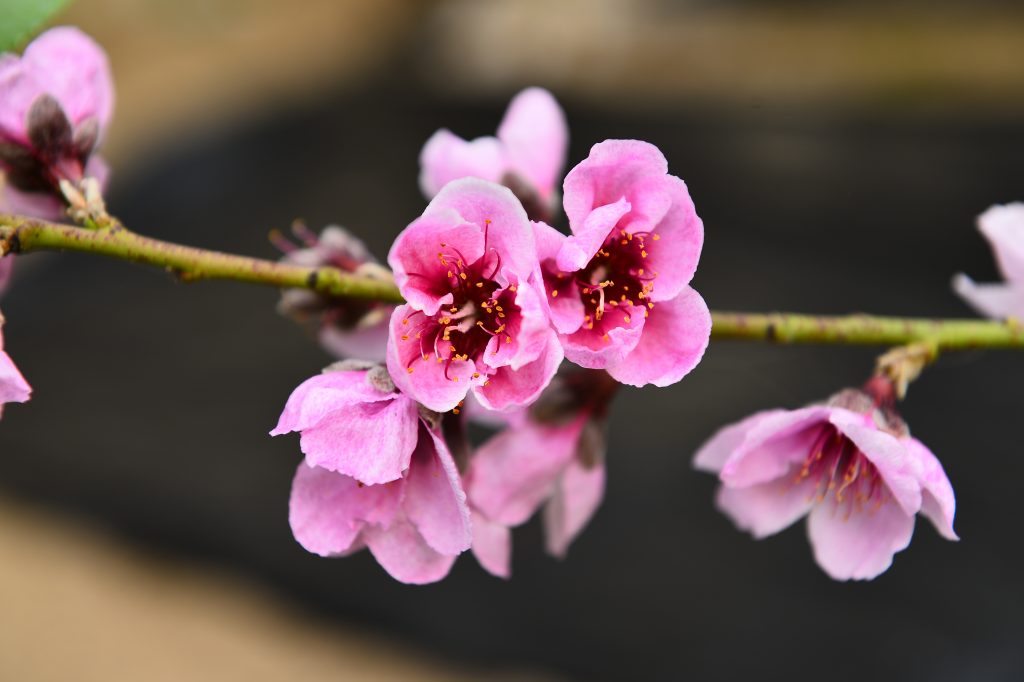
(ACES) — Cool weather is just what peach trees across Alabama need. Edgar Vinson, a fruit crop specialist with the Alabama Cooperative Extension System said peaches and other tree fruits need adequate chill hours to produce a good crop.

“As of mid-December, we have received at least half of the total chill hours needed for most peach varieties in the state’s two major peach-producing regions,” said Vinson, who works at the Chilton Research and Extension Center in Clanton. “Central Alabama has more than 430 chill hours and north Alabama has more than 500.”
He said that trees accumulate chill best when exposed to cool but not freezing temperatures.
“In the southeastern United States, we measure chill accumulation from Oct. 1 until Feb. 15 of the following year,” he said.
Importance of Chill Hours

Tree fruit producers watch chill accumulation carefully because it can dictate the success of the upcoming harvest season. Peach trees require as few as 50 hours or as many as 1,300 hours of chilling exposure.
“Adequate chill accumulation results in good fruit quality and a more concentrated harvest,” Vinson said. “Inadequate chill contributes to misshapen fruit, long harvest period and reduced yield.”
Scientists and producers measure chill accumulation in several ways.

“In our area, we typically measure chill accumulation by the 45 chill hour model, which is the hours of exposure to temperatures at or below 45°F,” he said. “Another way to measure chill accumulation is by the dynamic model, which measures chill portions and provides a more accurate measure of chill.”
Vinson explained the dynamic model measures chill by a wider temperature range but states that optimal chill accumulation occurs at 43°F. Efficiency of chill accumulation declines as temperatures rise above or fall below 43°F. The dynamic model also accounts for warming trends during the fall and winter, which result in loss of chill.
See the latest chill accumulation here.
Learn more about winter chilling requirements here.
Peaches by the Numbers
The peach industry contributes significantly to Alabama’s economy. According to the U.S. Department of Agriculture, Alabama produced 1,500 tons of peaches in 2017 on more than 1,300 acres with a total value in excess of $4.1 million. Peaches are the state’s leading commercially produced fruit. Two-thirds of Alabama peaches grow in Chilton County. The county accounts for more than 1,100 acres. Peaches grown in Alabama are primarily sold fresh or in locally produced value-added products like jams and similar products. Almost no Alabama peaches are grown for the frozen and canned peach markets.









